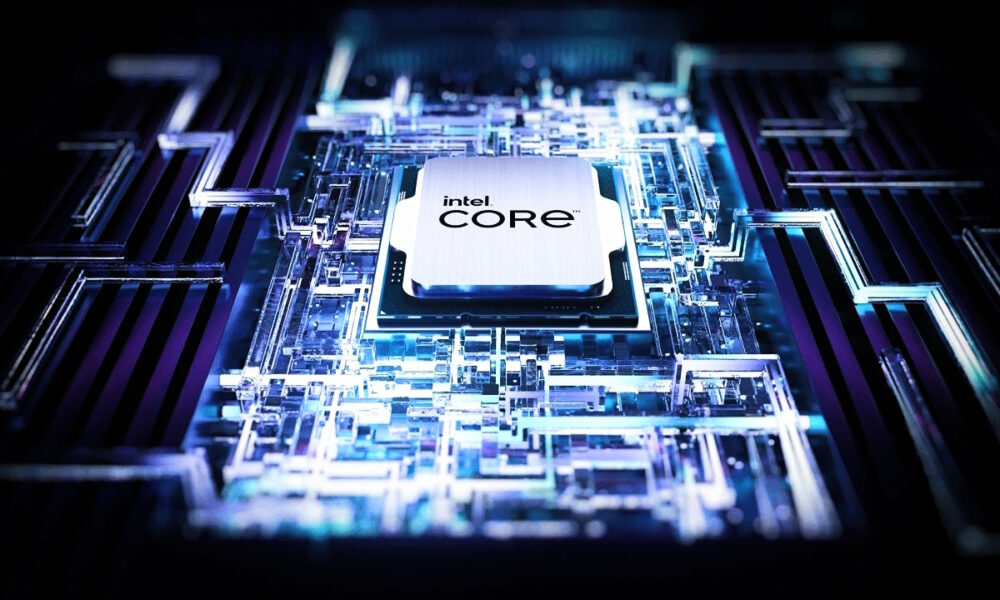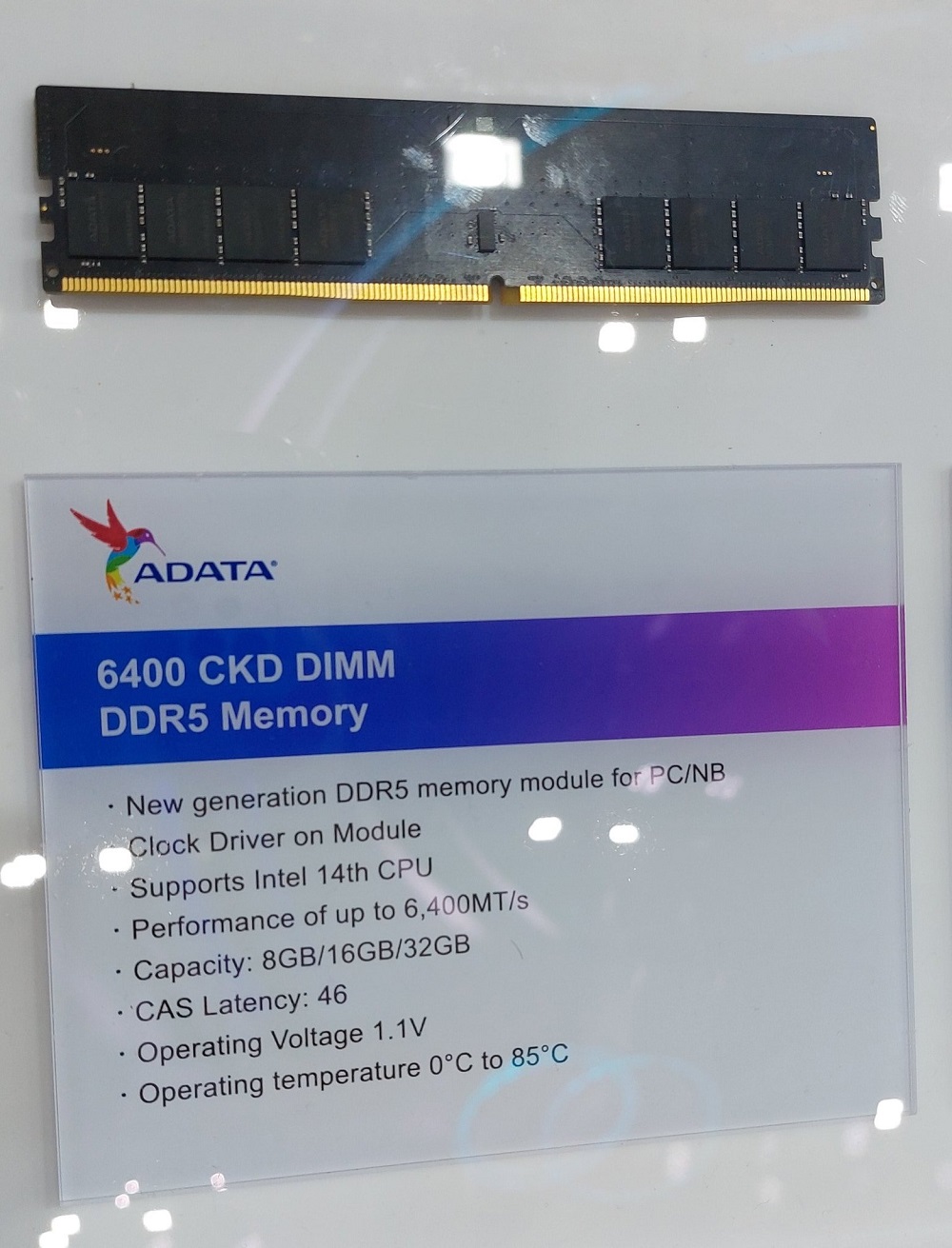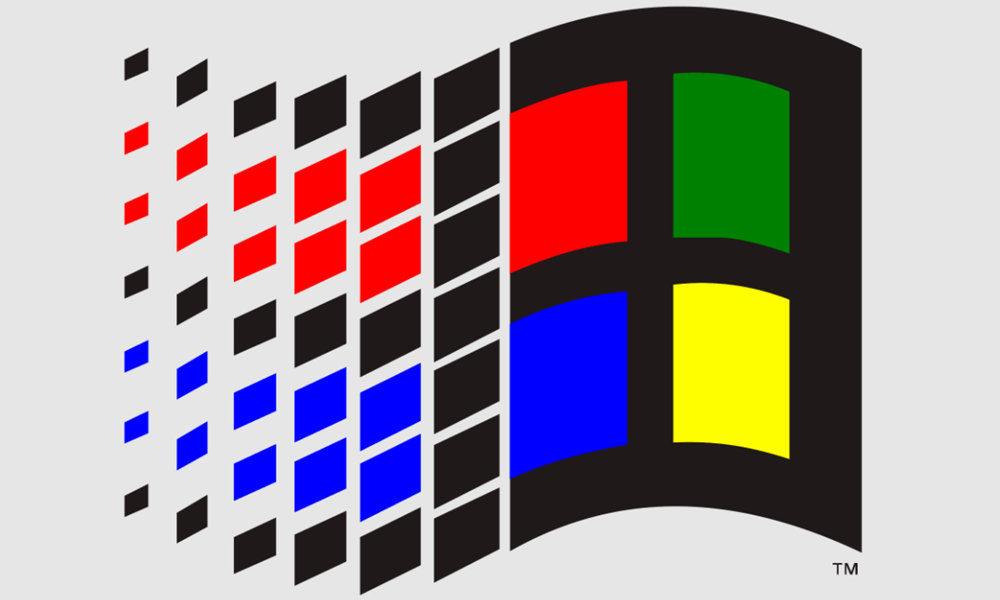
Several months ago we began to see rumors that the Intel Core Gen14 was actually going to be a simple revision of the current generation, and from there the name Raptor Lake Refresh arose. The truth is that this information made sense, especially after the confirmation that Intel Meteor Lake processors they would only have a top-of-the-range configuration with 6 P cores (high performance based on Redwood Cove architecture) and 16 E cores (high efficiency based on Crestmont architecture).
This does not mean that Intel Meteor Lake has been cancelled, this generation exists and will hit the market as Intel Core Gen14, but everything seems to indicate that It will only be available for laptops and there will not be a version for desktop computers..
This would leave an important gap that the chip giant will cover with Raptor Lake Refresh, as long as the latest information we are seeing is true, and the truth is that it looks like it is, especially after ASRock’s latest movewho talked about new Intel processors for LGA1700 socket with a much higher consumption.
Intel Raptor Lake Refresh will not introduce any change in terms of CPI, and we also do not expect news in the manufacturing process, which will continue to be the Intel 7 (10 nm SuperFin of the latest generation). The number of cores and threads will remain at current levels, which means that the top-of-the-line chip will have 8 P cores based on the Raptor Cove architecture, and will also have 16 E cores based on the Gracemont architecture.
The improvements that the Intel Core Gen14 for PC will bring will focus on a significant increase in work frequencieswhich will increase raw power at the cost of higher consumption (this fits perfectly with what ASRock said when announcing its new LGA1700 motherboards), and also in the support of faster DDR5 memory, something that we have already been able to confirm at Computex 2023 thanks to ADATA, who has presented new DDR5 modules running at 6,400 MHz that could mark, precisely, the minimum frequency that Raptor Lake Refresh will support by default.
I remind you that Alder Lake-S supported DDR5 memory at 4,800 MHz, and that Raptor Lake-S jumped to 5,600 MHz, so it would make sense to think that those 6,400 MHz will be the new frequency that the Raptor Lake Refresh will support by default. As for the working frequencies of these new processors, it is most likely that they will exceed 6 GHz without any problem, although as we have said this will mean a notable increase in consumption and generated heat.




